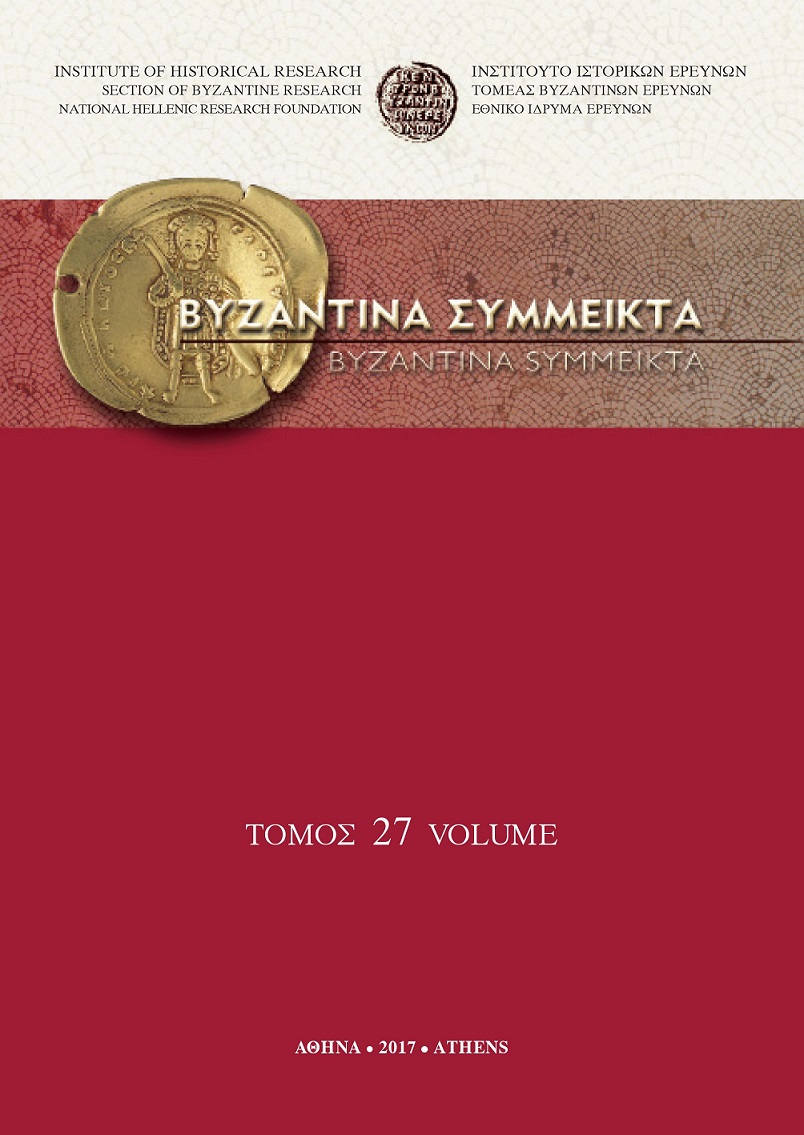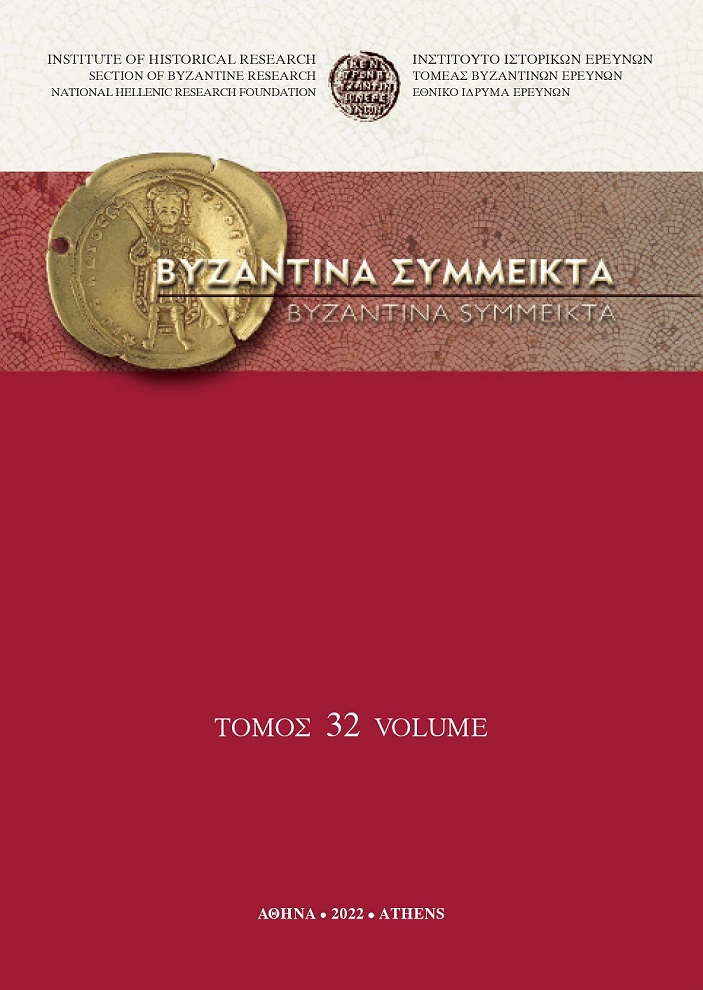The Social Scope of Roman Identity in Byzantium: An Evidence-Based Approach

Abstract
Η ΚΟΙΝΩΝΙΚΗ ΕΜΒΕΛΕΙΑ ΤΗΣ ΡΩΜΑΪΚΗΣ ΤΑΥΤΟΤΗΤΑΣ ΣΤΟ ΒΥΖΑΝΤΙΟ: ΜΙΑ ΠΡΟΣΕΓΓΙΣΗ ΒΑΣΕΙ ΤΩΝ ΓΡΑΠΤΩΝ ΠΗΓΩΝ
Έχουν προταθεί προσφάτως αντίθετες ερμηνείες αναφορικά με την κοινή διαπίστωση ότι οι Βυζαντινοί «αυτοαποκαλούνται Ρωμαίοι». Σύμφωνα με μία άποψη, το Βυζάντιο ήταν ρωμαϊκό έθνος-κράτος, ενώ αντιθέτως έχει υποστηριχθεί επίσης ότι η ρωμαϊκή ταυτότητα ήταν αποκλειστικότητα μιας αριθμητικά περιορισμένης «ελίτ». Το παρόν άρθρο χαρτογραφεί για πρώτη φορά την κοινωνική εμβέλεια της ρωμαϊκής ταυτότητας, όπως προκύπτει από τις γραπτές πηγές: ποιούς εννοούσαν οι Βυζαντινοί και οι Άραβες συγγραφείς, όταν χρησιμοποιούσαν τον όρο «Ρωμαίοι»; Οι Ρωμαίοι ήταν ένα στενό κοινωνικό-οικονομικό στρώμα ή είχαν συνείδηση ότι αποτελούσαν το μεγαλύτερο μέρος του πληθυσμού της αυτοκρατορίας; Από την ανάλυση των κειμένων προκύπτει ότι η ρωμαϊκή ταυτότητα δεν περιοριζόταν στην πολιτικοκοινωνική ελίτ της αυτοκρατορίας, αλλά αφορούσε σε όλα σχεδόν τα κοινωνικά στρώματα, τόσο στην Κωνσταντινούπολη όσο και στην επαρχία. Η αντίθετη ερμηνεία περί ελίτ βασίζεται σε παραπλανητικές σύγχρονες θεωρίες και όχι στις πρωτογενείς πηγές.
Article Details
- How to Cite
-
KALDELLIS, A. (2017). The Social Scope of Roman Identity in Byzantium: An Evidence-Based Approach. Byzantina Symmeikta, 27, 173–210. https://doi.org/10.12681/byzsym.10476
- Issue
- BYZANTINA ΣYMMEIKTA 27
- Section
- Articles

This work is licensed under a Creative Commons Attribution-NonCommercial-ShareAlike 4.0 International License.
Copyright: The copyright for articles in this journal is retained by the author(s), with first publication rights granted to the journal. By virtue of their appearance in this open access journal, articles are free to use (with the exception of the non-granted right to make derivative works) with proper attribution for non-commercial uses (licence Creative Commons 4.0). NHRF retains the worldwide right to reproduce, display, distribute, and use articles published in BYZANTINA SYMMEIKTA in all formats and media, either separately or as part of collective works for the full term of copyright. This includes but is not limited to the right to publish articles in an issue of the Journal, copy and distribute individual reprints of the articles, authorize reproduction of articles in their entirety in another NHRF publication, and authorize reproduction and distribution of articles or abstracts thereof by means of computerized retrieval systems.



